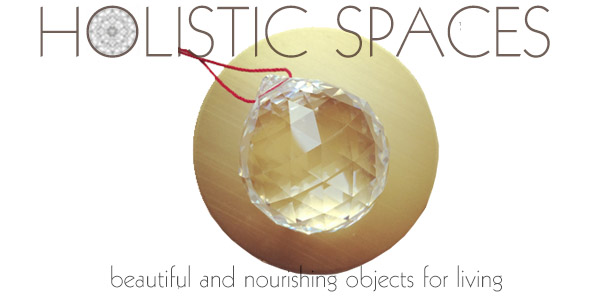I came across your site and it is beautiful. Really like the idea of incorporating feng shui and zen in your living space. I was searching the mandala site and saw the Ketu yantra, which got my attention. I noticed the center looks like a Jewish star. I wonder if that's your intention that it is actually a Jewish star - which I absolutely find appealing, as my husband is Jewish and I am Chinese.
Emily B., Encino, CA
Hi Emily,
Thanks for your email, and I’m so glad you like the website and the Ketu yantra. A lot of people are drawn to this one. It’s very healing. It’s actually related to my Vedic destiny number, so it’s one of my mandalas that’s very personal to me.
Many of the yantras (like Ketu) have the six pointed star in the center, which is the same symbol as the Jewish Star of David. In Vedic symbology, this symbol is the combination two equilateral triangles. One is triangle is upward pointing (male, yang, fire), the other downward pointing (female, yin, water), and the overlap of the two create balance of these opposite energies, like the yin and yang symbol.
I hope you find the use of these shapes as interesting as I do! Since I love sacred geometry and symbols, I really loved responding to this question. On a final note, my yantra teacher Mavis Gewant, describes geometric symbols in an interview I did with her:
“A yantra is a geometric pattern of energy specific to deities and planets. It has been said that they are the physical form of a deity, where mantra is the sound form. Yantras give a structure or pattern to energy. They are composed of geometric forms like squares and circles. Since all cultures have these kinds of shapes, they resonate in our DNA when we see them. Yantras are archetypal and universal.”
PS: I am Korean (also Asian), and my husband is also Jewish!









